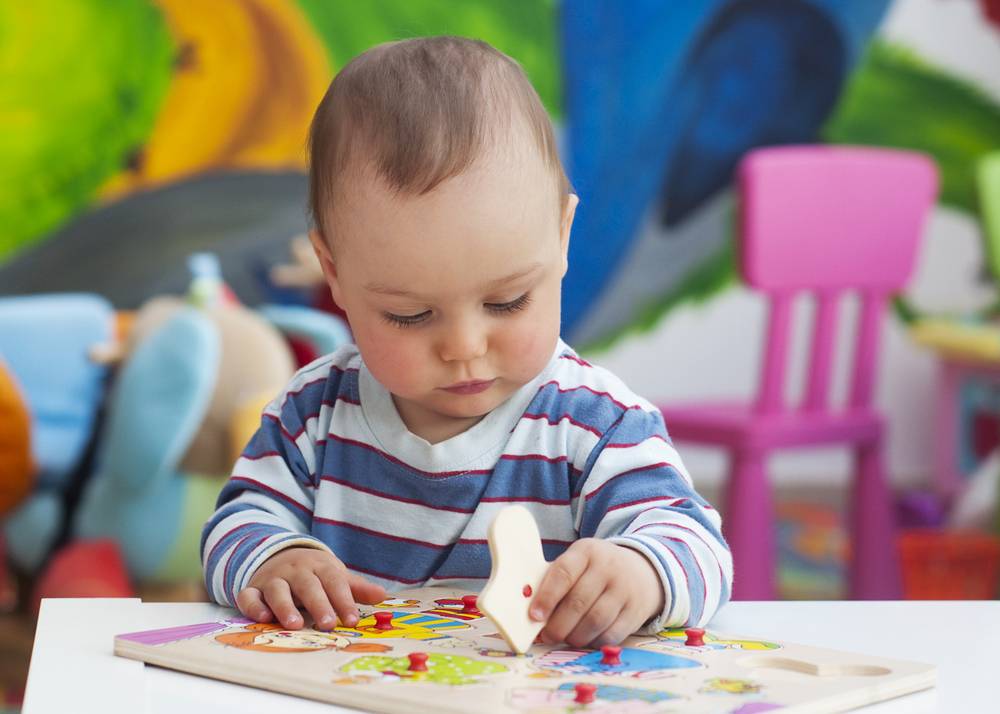Key points:
- Research has shown that children who play with puzzles, building blocks, and board games tend to have better spatial reasoning ability.
- Spatial thinking is important for certain math-related careers, such as science, technology, engineering, and mathematics.
- To foster spatial thinking, parents can get creative with building blocks, use everyday occasions to practice spatial thinking, use words that describe spatial concepts, and use gestures to reinforce the meaning of spatial words.
- Activities should be fun and challenging enough to promote learning, but not too difficult to become frustrating, so it’s important to assess the child’s confidence and adjust accordingly.
Although toys, such as puzzles and building blocks, may not be as flashy as video games or electric toys, evidence suggests that children who play with them may gain a whole lot more cognitive benefits. Research shows that specific types of play are associated with the development of certain cognitive skills, such as spatial thinking, meaning there may be some toys you should be paying attention to!
What science says about these toys
According to a study done by researchers from Rhodes College, data from 847 children was examined and the results indicated that children who played frequently (about 6 times per week) with puzzles, building blocks, and board games tended to have better spatial reasoning ability. Interestingly, other types of play such as drawing, riding a bike, or playing math games were not associated with the development of such ability.
Another study conducted by psychologist Susan Levine from the University of Chicago, a leading expert on mathematics development in young children, further confirmed that children who played with puzzles early on developed better spatial skills.
Boost spatial thinking through play
In what way does having better spatial skills help your child? Well, having the capacity to mentally transform shapes is an important predictor of later success in certain math-related careers, such as science, technology, engineering, and mathematics. The findings from these studies show that activities such as playing with puzzles and building blocks during the early years may lay the foundation and become a possible intervention tool for the improvement of math skills.
If you want to foster your little one’s spatial thinking, here is a list of suggestions you might want to try out (besides incorporating building blocks and puzzles into your child’s routine):
1. When using building blocks, get creative!
- Get involved! Show your little one how to build and create different things together.
- Use challenges as part of the fun. Invite your toddler to try to build similar structures to ones you see in a book or TV, or to even try to replicate one you are making.
- Don’t forget to incorporate different toys and accessories to further stimulate pretend play.
2. Use everyday occasions to practice spatial thinking
Spatial tasks are found in everyday moments. You can motivate your little one to reinforce their spatial skills by asking questions such as:
- What shape will we get if we cut the sandwich sideways?
- Will all these items fit in one bag?
- Which street should we take to get home, left or right?
- Does the plate go under or over the table?
3. Use words that describe spatial concepts
Give your little one activities that will allow them to use spatial concepts, such as puzzles and building blocks. Research done by the University of Chicago revealed that children who heard their parents use spatial terms to describe the size and shape of objects, and who then use them in their daily interactions, perform better on tests of spatial skills!
Some spatial terms you can use in your day-to-day interactions are: round, square, bent, corner, under, over, little, and big.
4. Use gestures to reinforce the meaning of spatial words
Incorporate gestures when using spatial words (e. g., big, little, tall, short, circle, rectangle, square, curvy, bent, etc.) to improve your child’s understanding of the word. For instance, if you are describing to your child the word “tall”, move your hand as high as you can.
Lastly, remember not to push your child too far. Activities should be fun and challenging enough to promote your little one’s learning, but they shouldn’t be too difficult because they’ll become frustrating. Assess your child’s confidence and, as you see them dominate a task, then you can begin to introduce a little bit more challenges.









3 Responses
In spite of the fact that building block toys are so straightforward, they are compelling formative instruments for kids, considerably more powerful than a large portion of the cutting edge electronic toys that appear to come and a seemingly endless amount of time. There are numerous ways these basic building blocks can shape and add to our kids.
Totally agree, Sunny! That’s why lots of our activities feature them 🙂